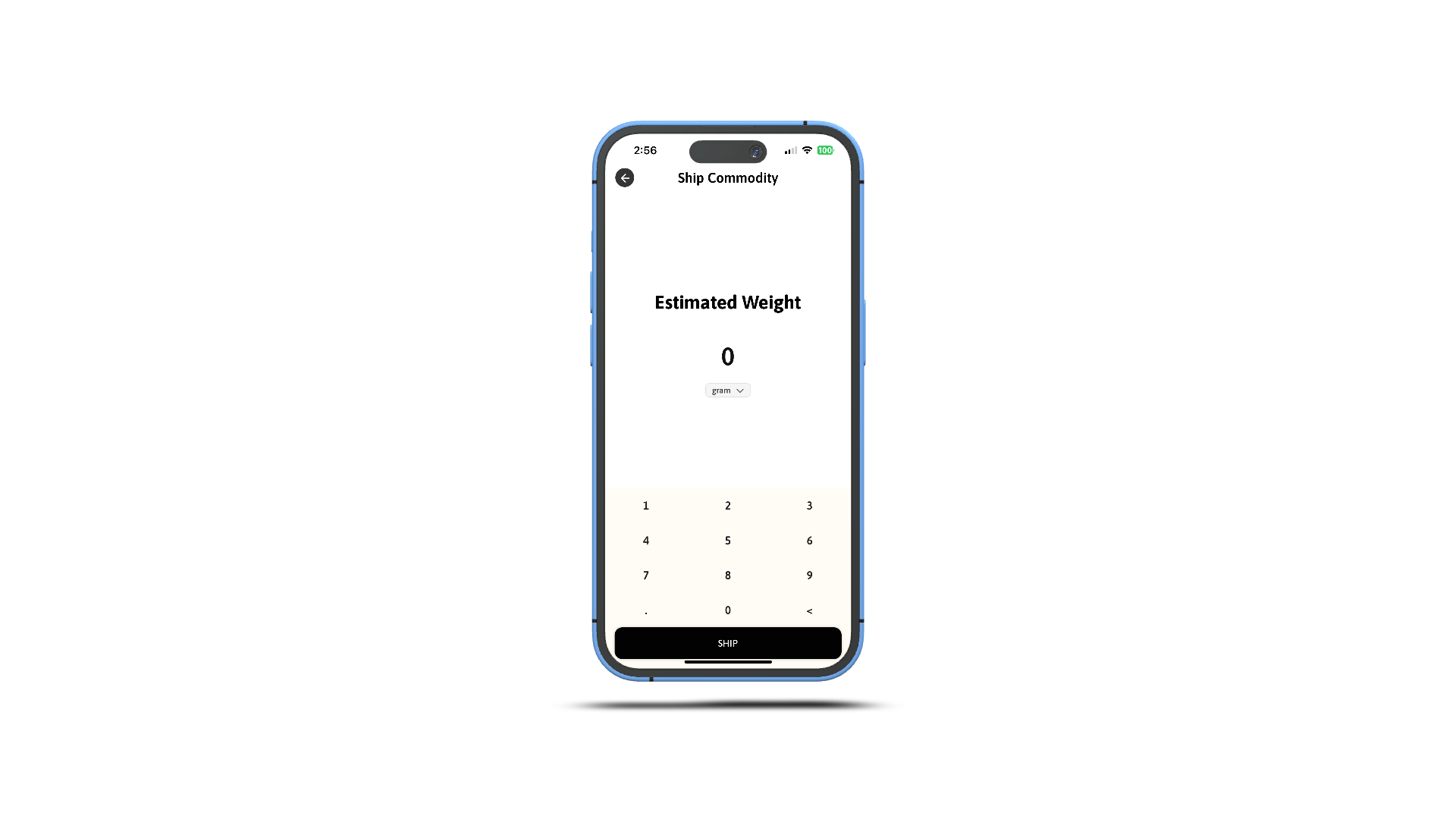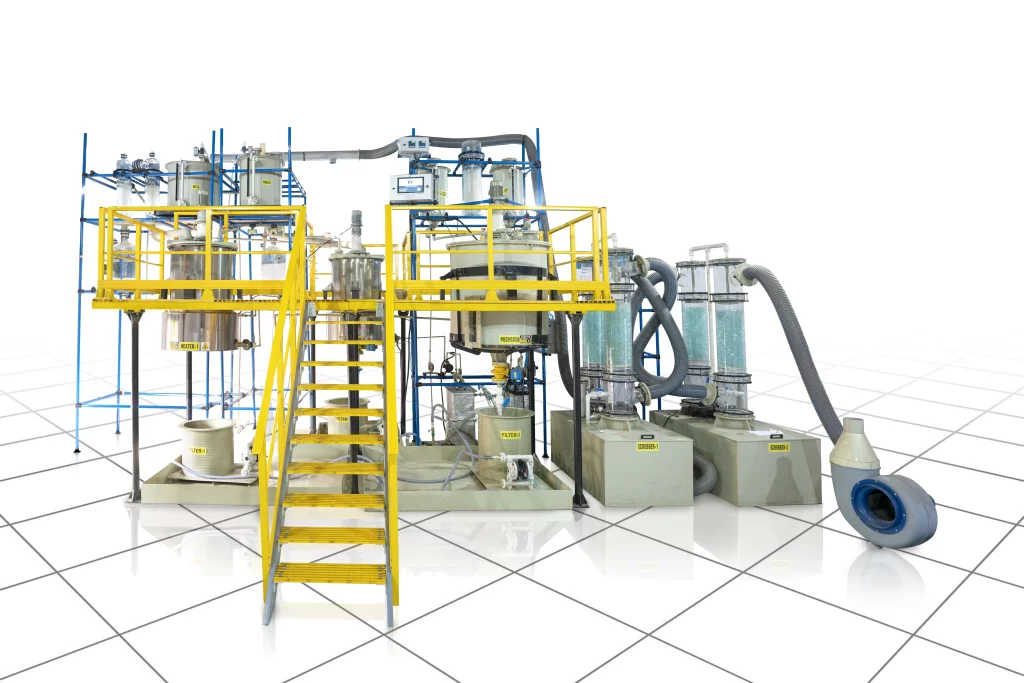
Wohlwill Process (Electrolytic) Refinement Guide
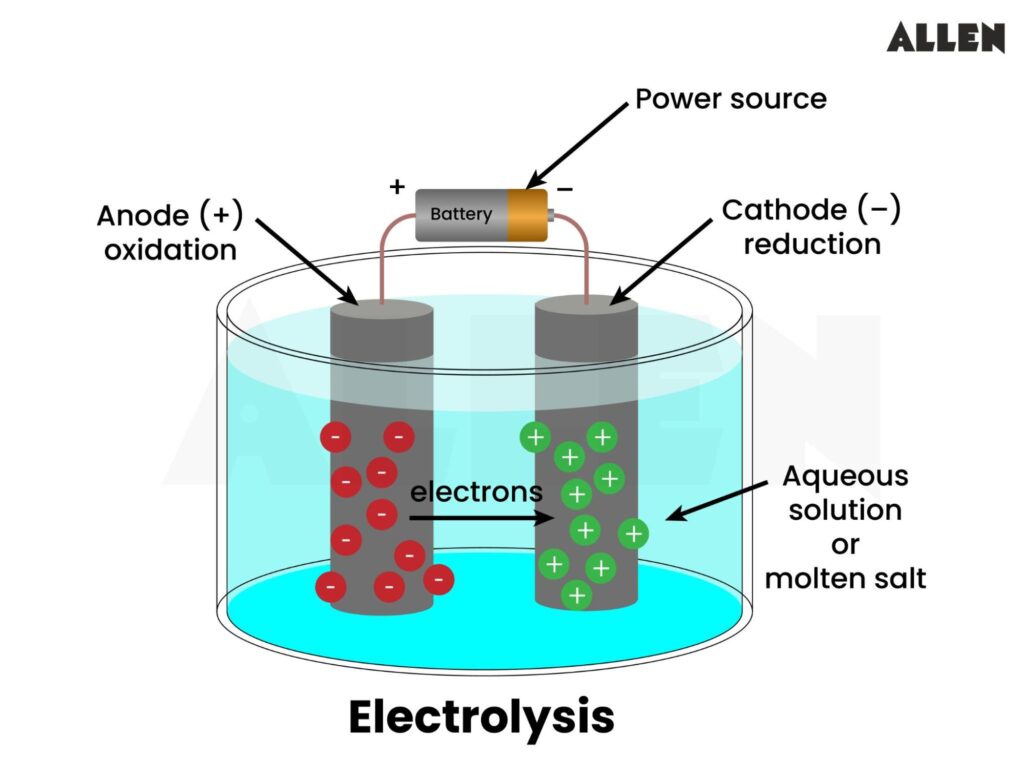
Electrolytic refining. What it is is and how to do it.
Electrolysis is a common method for refining gold, known as the Wohlwill process. This process uses an electrolyte of chloroauric acid (HAuCl₄) and can achieve gold purity levels of up to 99.99%. Below is a step-by-step guide on how to refine gold using the electrolysis method.
Materials Needed
1. Impure gold bar or alloy – often contains gold mixed with other metals like silver or copper.
2. Electrolyte solution – typically a 5–10% solution of chloroauric acid (HAuCl₄) in distilled water.
3. Power supply – a DC power source, such as a rectifier, capable of generating low voltage and controlled current (e.g., 2–5 volts).
4. Anode and cathode holders – typically made of inert materials that resist corrosion.
5. Graphite or platinum cathode – serves as the site for pure gold deposition.
6. Gold anode – the impure gold sample, which will dissolve into the solution.
7. Glass container – a beaker or electrolysis cell to hold the electrolyte solution.
8. Safety equipment – gloves, eye protection, and protective clothing.
Step-by-Step Guide
Step 1: Preparation and Safety
1. Set up a well-ventilated area because chloroauric acid and some of the gases produced (such as chlorine) are toxic.
2. Wear protective gear (gloves, goggles, mask, and lab coat) to avoid contact with any chemicals, as they can be hazardous.
3. Inspect equipment to ensure all connections are secure, and check that the power supply is functioning properly.
Step 2: Prepare the Electrolyte Solution
1. Prepare chloroauric acid solution by dissolving gold in a mixture of hydrochloric acid (HCl) and chlorine gas or nitric acid if chloroauric acid is not readily available. Note: this step is generally complex and may require expertise in chemistry to avoid hazards.
2. Dilute the solution to 5-10% concentration of chloroauric acid in distilled water. Ensure the solution is mixed thoroughly.
3. Transfer the electrolyte solution into the glass container or electrolysis cell.
Step 3: Set Up the Electrolytic Cell
1. Attach the anode holder to the impure gold sample (gold anode), and place it into the electrolyte solution.
2. Position the cathode (typically graphite or platinum) in the solution opposite the anode. The cathode will attract the pure gold.
3. Connect the anode to the positive terminal and the cathode to the negative terminal of the power supply.
Step 4: Begin Electrolysis
1. Set the voltage on the power supply to a low level (about 2–5 volts), adjusting if necessary. The current should be strong enough to dissolve gold from the anode but not too strong to prevent impurities from depositing.
2. Turn on the power supply to start the process. The impure gold anode will dissolve into the electrolyte, releasing gold ions (Au³⁺) into the solution.
3. Monitor the process continuously. The gold ions in the solution will be attracted to the cathode, where they will gain electrons and deposit as pure gold (Au) on the cathode surface.
Step 5: Monitoring and Adjustments
1. Check for impurities in the solution, as other metals like silver, copper, or platinum may remain undissolved and fall as sludge at the bottom.
2. Control the current and voltage if necessary, as high current can lead to faster deposition but may decrease purity.
3. Allow the process to run until the majority of the gold from the anode is dissolved into the solution and deposited onto the cathode.
Step 6: Completion and Recovery of Pure Gold
1. Turn off the power supply once the anode is depleted or when sufficient gold has deposited on the cathode.
2. Remove the cathode carefully from the electrolyte solution, avoiding disturbance of the gold deposit.
3. Rinse the cathode with distilled water to wash away any residual electrolyte solution.
4. Scrape off the gold from the cathode and collect it. The deposited gold should be of high purity (up to 99.99%).
Step 7: Dispose of Waste
1. Neutralize and dispose of the remaining electrolyte according to local regulations, as it contains hazardous chemicals.
2. Dispose of or recycle the anode sludge (impurities that fell to the bottom), as it may contain small amounts of valuable metals.
Step 8: Final Purification (Optional)
1. Melt the gold from the cathode in a crucible to ensure a consistent purity level.
2. Form the gold into bars or granules as needed.
Safety Tips and Precautions
• Work in a fume hood or ventilated area due to toxic gases released during electrolysis.
• Avoid contact with chloroauric acid and wear chemical-resistant gloves.
• Regularly monitor current levels to prevent excessive reaction rates, which can reduce gold purity.
• Dispose of chemicals responsibly, following environmental and safety regulations.
Using this method, you can achieve high-purity gold suitable for use in electronics, jewelry, or investment.
Thank you all for checking us out! If you’re enjoying our information, why not take it a step further and explore more on our website at www.TheGoldApp.com We share all these valuable tips because we love panning, prospecting, an most importantly the collection and trade of minted coins bars and other numismatic items as we want to build a community of enthusiasts like you.
Your support means the world to us, and we’d love it if you could like, follow, and help spread the word. Every bit of encouragement helps our small startup reach new heights. From all of us here at The Gold App, thank you for being part of our journey!
May the AU be with YOU!
Aqua Regia Process Refinement Guide
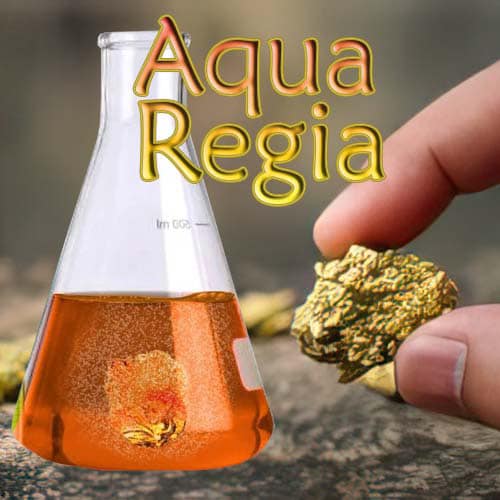
Refining gold and other precious metals using the aqua regia process is a powerful but complex method that can yield highly pure metals. Aqua regia is a mixture of nitric acid and hydrochloric acid, capable of dissolving gold and platinum-group metals. However, this method requires strict attention to safety due to the dangerous chemicals involved. Below is a detailed guide on how to do this at a small scale, including the materials needed and where to find them locally.
Safety Warning
Before you start, make sure to follow all safety protocols:
• Always work in a well-ventilated area, preferably outdoors or in a fume hood.
• Wear protective gloves, goggles, and a lab apron.
• Have access to neutralizing agents like baking soda and large amounts of water in case of spills.
Materials Needed for Aqua Regia Refining
1. Nitric Acid (HNO3) – Available at chemical supply stores or online.
2. Hydrochloric Acid (HCl) (also known as muriatic acid) – Can be found at hardware stores (typically used for cleaning concrete and masonry).
3. Distilled Water – Available at grocery stores or pharmacies.
4. Urea – A nitrogen-based compound, can be found at farm supply stores or gardening centers.
5. Precipitant (Sodium Metabisulfite) – Available at wine-making or chemical supply stores.
6. Filter Paper – Find these at lab supply stores or use coffee filters as an alternative.
7. Glass Beakers and Containers – These can be bought at lab supply stores or ordered online.
8. Heat Source – A hotplate works best, or a stovetop can be used.
9. Gold-Bearing Ore – You should already have this, or it can be obtained through mining operations or buying raw materials.
10. Neutralizing Agent (Sodium Carbonate or Baking Soda) – Available at grocery stores.
Tools Needed
• Fume hood or outdoor workspace
• Glass stirring rod – Available at lab supply stores.
• Plastic containers for rinsing – Can be found at any hardware or kitchen supply store.
• Rubber gloves and protective eyewear – Available at hardware stores.
Step-by-Step Process
1. Crush and Grind the Ore
• Crush your gold-bearing ore into a fine powder. The finer the material, the more efficient the refining process will be. Use a mortar and pestle or a ball mill.
2. Create the Aqua Regia Solution
• Aqua regia is made by mixing three parts hydrochloric acid with one part nitric acid. The amount depends on the quantity of gold or ore you are processing. Start small, typically 100ml of hydrochloric acid to 33ml of nitric acid.
• Slowly add the nitric acid to the hydrochloric acid in a glass beaker while stirring gently. The mixture will start to release fumes, which is why ventilation is critical.
3. Dissolve the Gold and Other Precious Metals
• Place the powdered ore into the aqua regia solution. Stir gently to ensure that the entire ore is submerged. The aqua regia will start dissolving the gold and platinum-group metals (PGMs) present in the ore.
• This process may take several hours, depending on the concentration of precious metals. The solution will turn a yellow-orange color.
4. Filter the Solution
• Once the ore is fully dissolved and no more gas is being released, filter the solution through filter paper to remove any solid impurities or leftover rock material.
• Use a plastic funnel and carefully pour the liquid into a separate container.
5. Neutralize Nitric Acid with Urea
• After filtering, the solution will still contain excess nitric acid, which needs to be neutralized. Slowly add urea to the solution, stirring gently until no more bubbling occurs. Urea reacts with the nitric acid to remove it from the solution, making it safe to precipitate gold.
6. Precipitate the Gold
• Add sodium metabisulfite slowly to the solution. This will cause the dissolved gold to fall out of the solution as a brown powder.
• Keep stirring until all the gold has precipitated and the solution becomes clear. This is pure gold in its solid form.
7. Filter and Rinse the Gold
• Carefully filter the solution again to collect the gold powder. Rinse the powder several times with distilled water to remove any remaining acid or contaminants.
8. Dry and Melt the Gold
• Once the gold powder has been rinsed, dry it thoroughly. After drying, it can be melted down using a crucible and a torch or furnace to form gold ingots or nuggets.
9. Separate Other Precious Metals
• After precipitating the gold, the remaining solution may contain platinum, palladium, or other platinum-group metals. To extract these, add ammonium chloride to precipitate platinum, or other specific precipitants for different metals.
• Follow similar steps of filtering, rinsing, and melting to recover these metals.
Where to Find Materials Locally
• Nitric Acid and Hydrochloric Acid: Chemical supply companies, online suppliers, or local industrial chemical distributors.
• Urea and Sodium Metabisulfite: Farm supply stores (for urea), wine-making supply stores, or general chemical suppliers.
• Filter Paper: Laboratory supply stores or online platforms like Amazon. Coffee filters can be used as a substitute in small-scale operations.
• Glass Beakers and Heat Source: Hardware stores or lab supply stores (like Grainger or Fisher Scientific) for beakers. Hotplates can be purchased at kitchen stores or online.
• Safety Gear: Gloves, goggles, and aprons can be found at any local hardware store.
Conclusion
Refining gold using aqua regia is effective but requires patience, precision, and the proper equipment. Always prioritize safety by working in a ventilated area and using the appropriate protective gear.
If you’re unsure about sourcing materials, TheGoldApp.com can help guide you to reputable suppliers and provide advice on proper pricing for all the equipment you need. Also, when you’ve successfully refined your gold, you can easily buy and sell your precious metals through The Gold App platform!
Assay Types
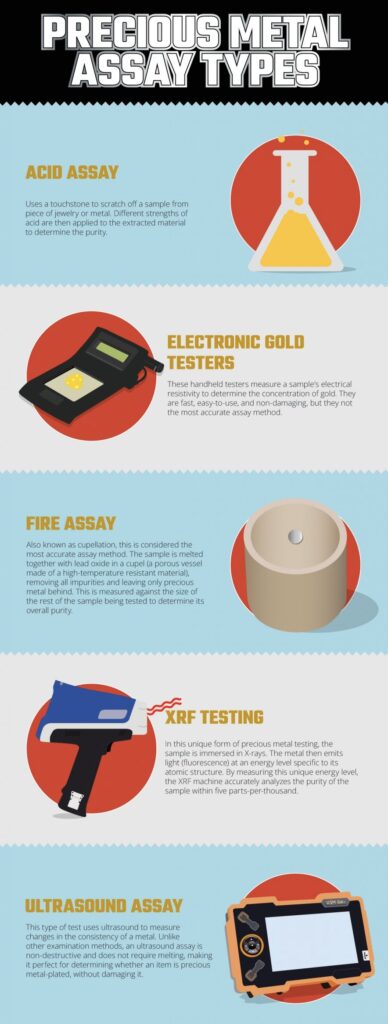
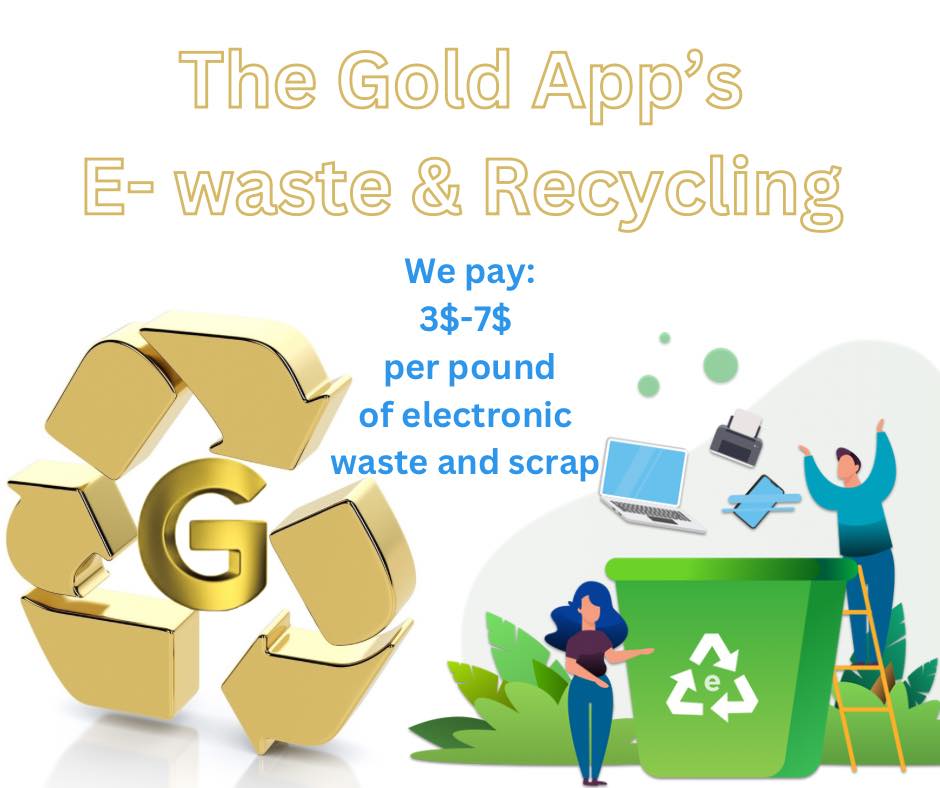

We pay 100% Spot for all metals

What Sets TheGoldApp.com Apart from Other Refiners?
- Lowest Refinement Fees in the Industry: We offer the lowest refinement fees of any other company, ensuring you keep more of the value from your precious metals. Whether it’s scrap gold, jewelry, or electronic waste, we’ll refine your metals for a fraction of what other companies charge.
- No Hidden Costs: With TheGoldApp.com, there are no fees to ship your metals to us. You can send us your gold, silver, platinum, or electronics waste at zero cost, making it easier than ever to get started.
- 100% Metal Payout: We believe in full transparency and fair value for our customers. Unlike other refiners, we pay you for 100% of the metals we collect during the refinement process. This means you’re getting full value for every bit of gold, silver, platinum, and other precious metals we extract.
- Paying Spot Price for All Metals: If you prefer cash, we offer payment at spot price for all metals in your refined items, ensuring you receive top market value.
Ship Your precious metals direct to us!
Why Sell and Refine Gold & Precious Metals with TheGoldApp.com?
If you’re looking to sell or refine gold, precious metals, or even scrap metal from old jewelry and electronics, TheGoldApp.com is your top choice for maximizing value and minimizing fees. Unlike other companies, we provide the best payout, transparent fees, and a hassle-free process to ensure you get the most from your metals.
Maximize Your Return: Sell Gold at Spot Price with Little to No Markups
At TheGoldApp.com, all the gold we sell—including LBMA-certified brands—is offered at spot price, with little to no markups or fees. This means that when you refine with us, you not only benefit from low fees but also gain access to gold priced at true market value, maximizing your return.
Why Choose TheGoldApp.com?
- Top Payout for Your Metals: We pay 100% for all metals refined or offer spot price payouts with zero hidden fees.
- Lowest Refinement Fees: Maximize your earnings by refining your metals with us. We charge the lowest refinement fees in the industry, so more value goes into your pocket.
- Free Shipping: Ship your gold, jewelry, or even electronics waste to us for no fee—making it easy to turn your unwanted metals into cash or bullion.
- Environmentally Friendly: By refining scrap gold, old jewelry, or even electronic waste, you’re helping to recycle valuable metals and contribute to sustainable practices.
Whether you’re clearing out old jewelry, refining electronics waste, or selling precious metals, TheGoldApp.com makes the process easy, rewarding, and transparent. Maximize your return, avoid high fees, and ensure you’re paid for every metal in your items.
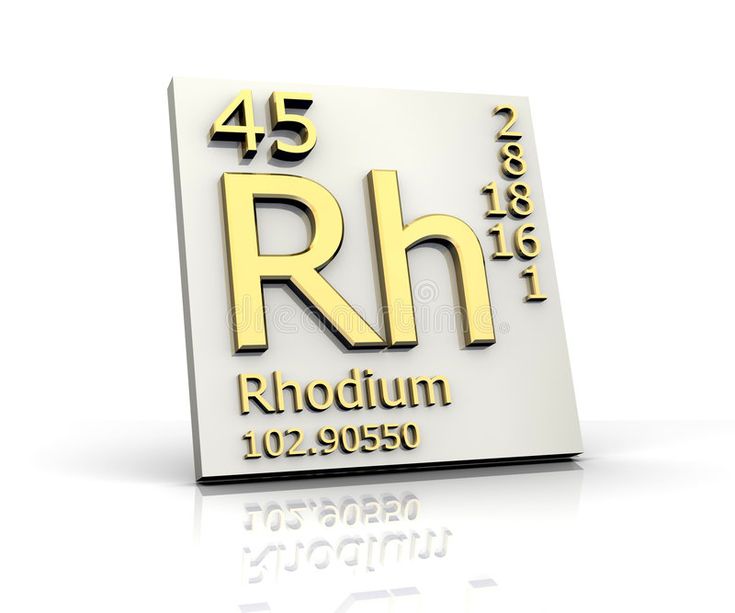
Why The Gold App Labs Are the Best for Precious Metal Refining
When it comes to refining gold and other precious metals, The Gold App Labs stand out as an industry leader, delivering the highest yields and most accurate results. Our state-of-the-art laboratories use cutting-edge technology, including AI-driven refinement processes, to ensure maximum recovery of precious metals like gold, silver, platinum, and palladium. Here’s why you should trust The Gold App Labs for all your refining needs:
AI-Enhanced Refinement Process for Superior Yields
At The Gold App Labs, we leverage advanced Artificial Intelligence (AI) in our refining process to guarantee optimal recovery rates. Our AI-powered systems are designed to analyze materials with unparalleled precision, detecting even the smallest traces of valuable metals. This ensures that our clients receive the best possible yields on their refined precious metals, setting us apart from traditional refining methods that may miss hidden value.
Industry-Leading Analytical Techniques
Our labs use analytical techniques that meet or exceed industry standards, ensuring that every batch of material is carefully tested and processed to deliver the highest levels of accuracy. Whether you’re refining scrap gold, jewelry, or electronic waste, our advanced testing protocols ensure that we extract every bit of value, providing you with exceptional returns on your metals.
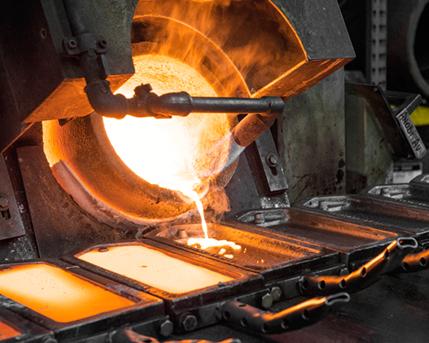
Why Choose The Gold App Labs for Refining?
- AI-Powered Refining: Our unique AI-driven processes help us achieve the highest yields, recovering every possible ounce of precious metal.
- Precision and Accuracy: We use state-of-the-art analytical techniques that meet or exceed industry standards, ensuring that every batch of material is accurately assessed and refined.
- High Yields: With The Gold App Labs, you get maximum value for your precious metals, thanks to our advanced, efficient, and AI-enhanced processes.
- Unmatched Expertise: Our team of experts and engineers is dedicated to staying at the forefront of refining technology, making us the most reliable choice for those looking to refine gold, silver, platinum, and more.
Advanced Refining Meets Cutting-Edge Technology
By choosing The Gold App Labs, you’re not just selecting a standard refinery—you’re opting for a tech-driven solution that harnesses the power of AI and advanced lab techniques to deliver superior results. We’re committed to maximizing your returns while maintaining the highest standards of quality and precision in the industry.
If you want to achieve the best yields and ensure your precious metals are refined with the most advanced techniques available, trust The Gold App Labs for fast, accurate, and high-value results. Start refining with us today!

